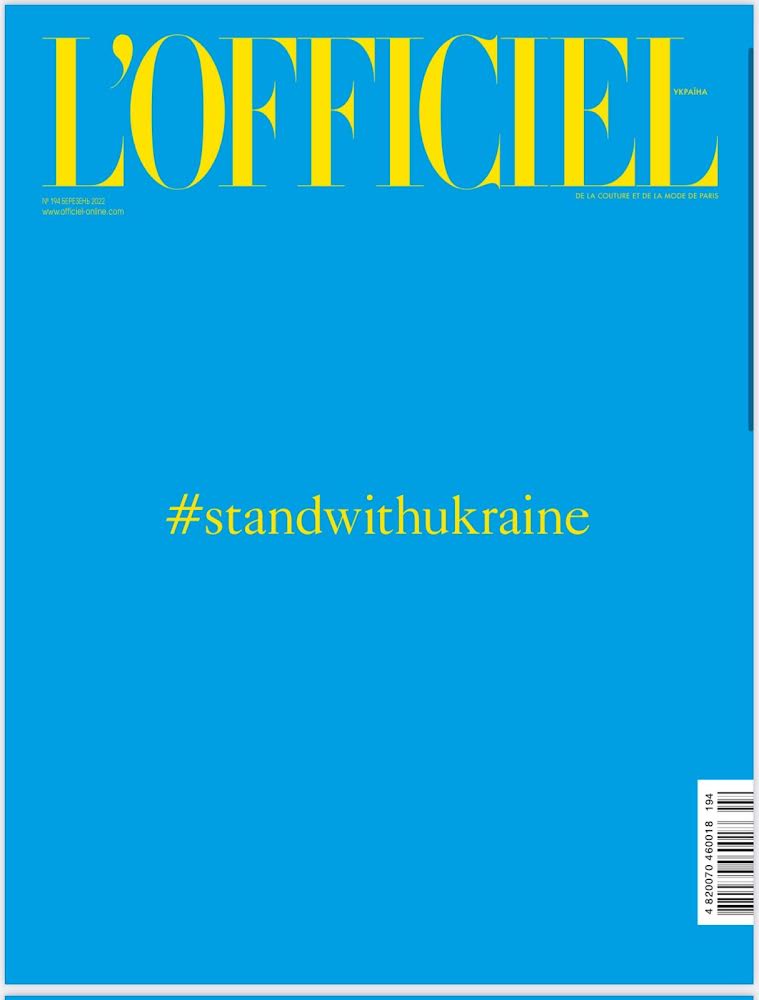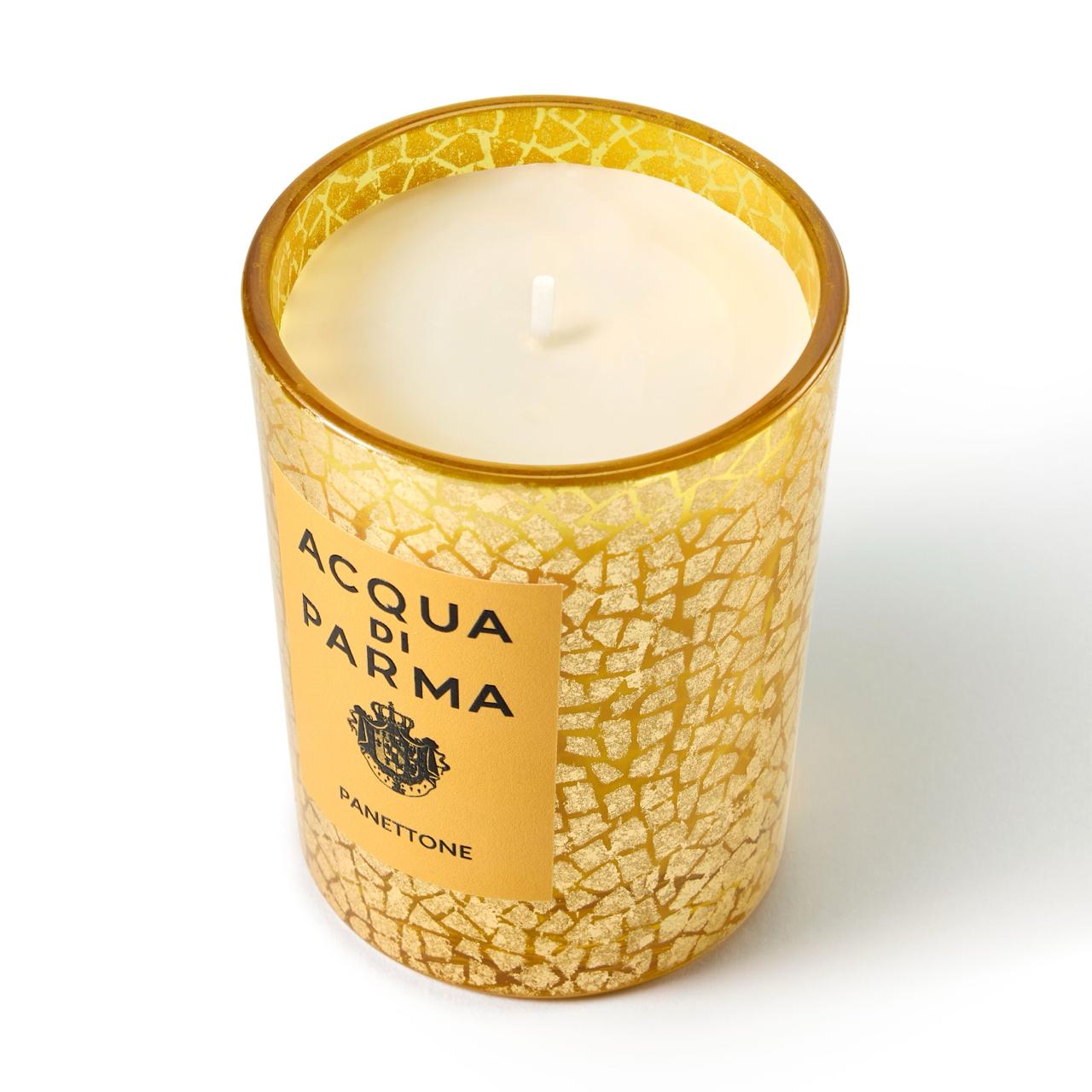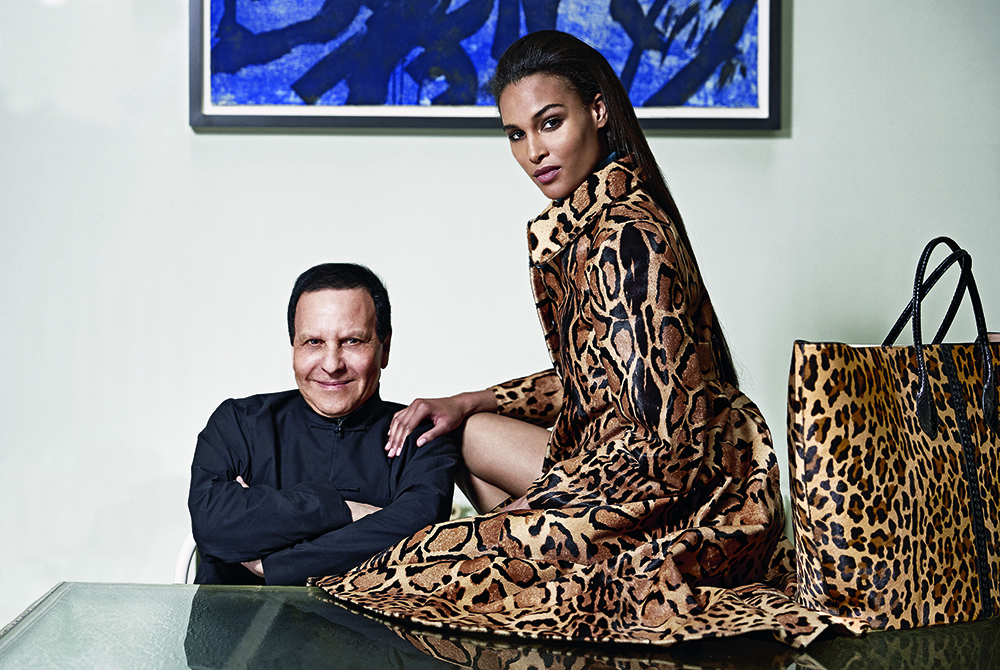
Modest, cheerful, and talented - this is what Azzedine Alaia's friends say about him. Himself, he prefers to avoid public attention. And yet, for our summer issue, the designer, who shall again participate in haute couture fashion week after a six-year break, agreed not only to the photoshoot, but also to talk about his inspiration and his work
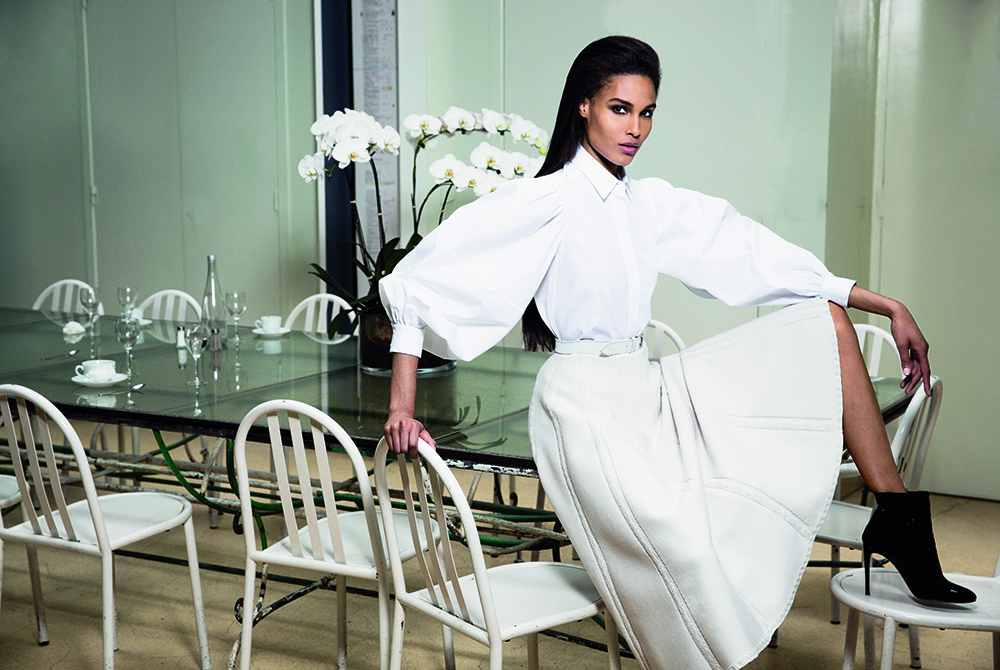
"A one-way road to emptiness", - this is Azzedine Alaia's comment on the modern fashion system, that squeezing 10 to 12 collections a year from the designers. Himself, he creates four and demonstrates them according to the personal schedule, which means - when those are ready. Whether it will be in the framework of the official fashion week or a month later, is not important, because the main thing is to bring every piece to perfection, and in this, no one can live up to Azzedine. The press and the buyers of dozens of the world's best stores, and the army of loyal customers alike, are all ready to wait for as long as needed, but it was not always so.
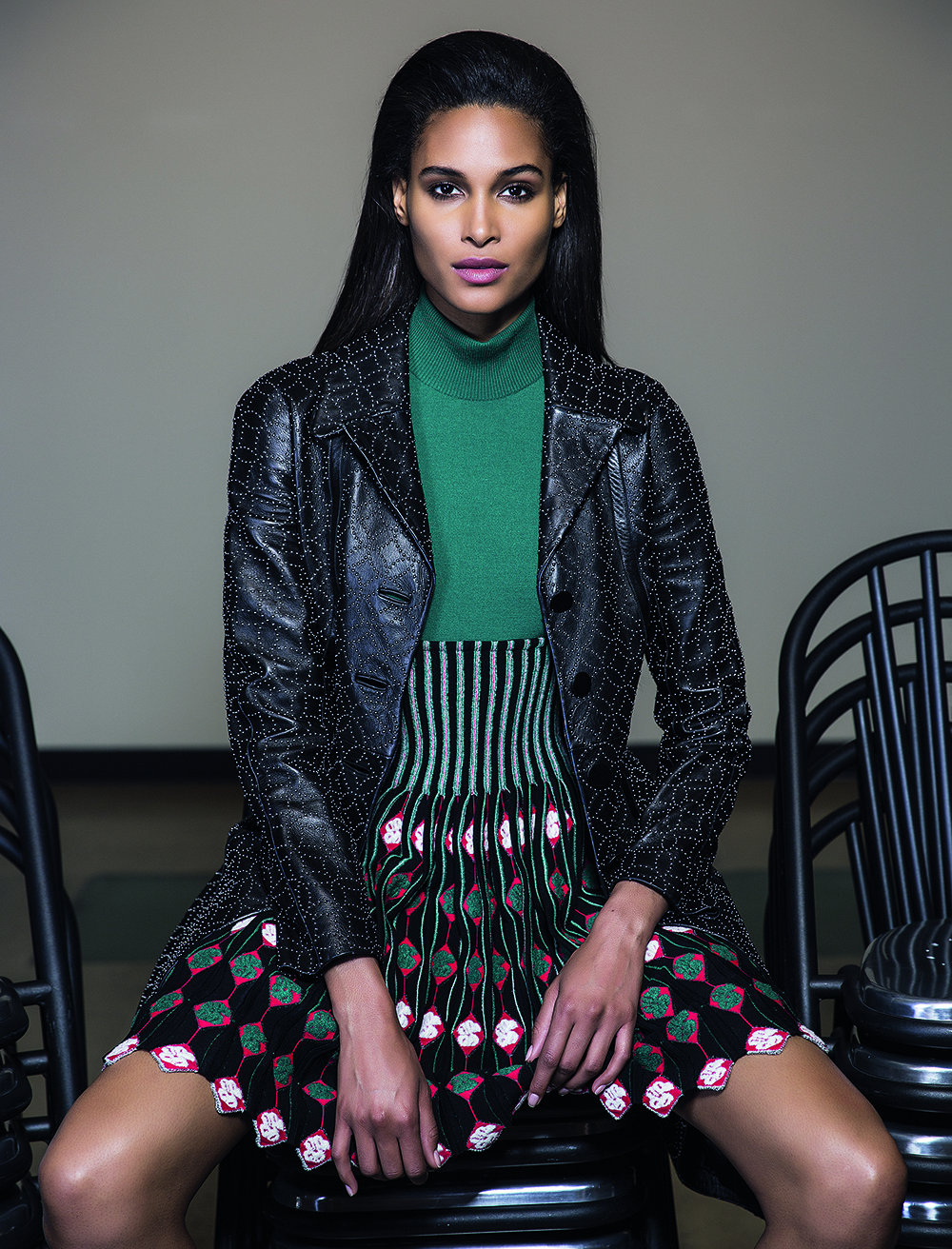
Born around 1940 in Tunisia (Alaia guards the secret of his precise age), he keenly appreciated the beauty of forms and lines from a very young age onwards. So, when he had to pass a kind of a "maturity test" and choose a cow in the market, he preferred the lean and bony breed to the bulkier milky ones. His grandfather was quite upset with the pragmatic aspect this choice, but satisfied with the appearance thereof. Under the wing of a local midwife, whom he assisted in childbirth, Azzedine first became acquainted with fashion through glossy magazines and catalogues, and it was Madame Pinault who at certain time helped him enroll into the local School of Fine Arts at the Faculty of Sculpture. Quite quickly, Alaia came to the conclusion that he was not bound to become a great sculptor, and devoted his time and energy to sewing. Soon, he was already making copies of Christian Dior, Balmain and Balenciaga gowns for the local studio. Therefore, he thoroughly studied the peculiarities of cutting of the best couturiers of his time and went to Paris - out of love for the French culture and without ambition to become a designer. Half a century later, the square of his corner in Barneys store in New York will reach 140 square meters, but back then, Azzedine received a room and hired as a nanny by Countess de Blegiers - she sheltered him from the authorities in her house when, after five days of work at Dior, he was asked to leave because of the end of the war with Algeria. At the Countess' house Alaia was babysitting, cooking meals and sewing dresses, which later made him the main secret of the fashion top of the Parisian beau monde. Quite quickly, he became a protégé of many noble ladies who protected him from the authorities and deportation, in gratitude for his unparalleled talent in sewing and design, and soon afterwards, he got a job at Guy Laroche.
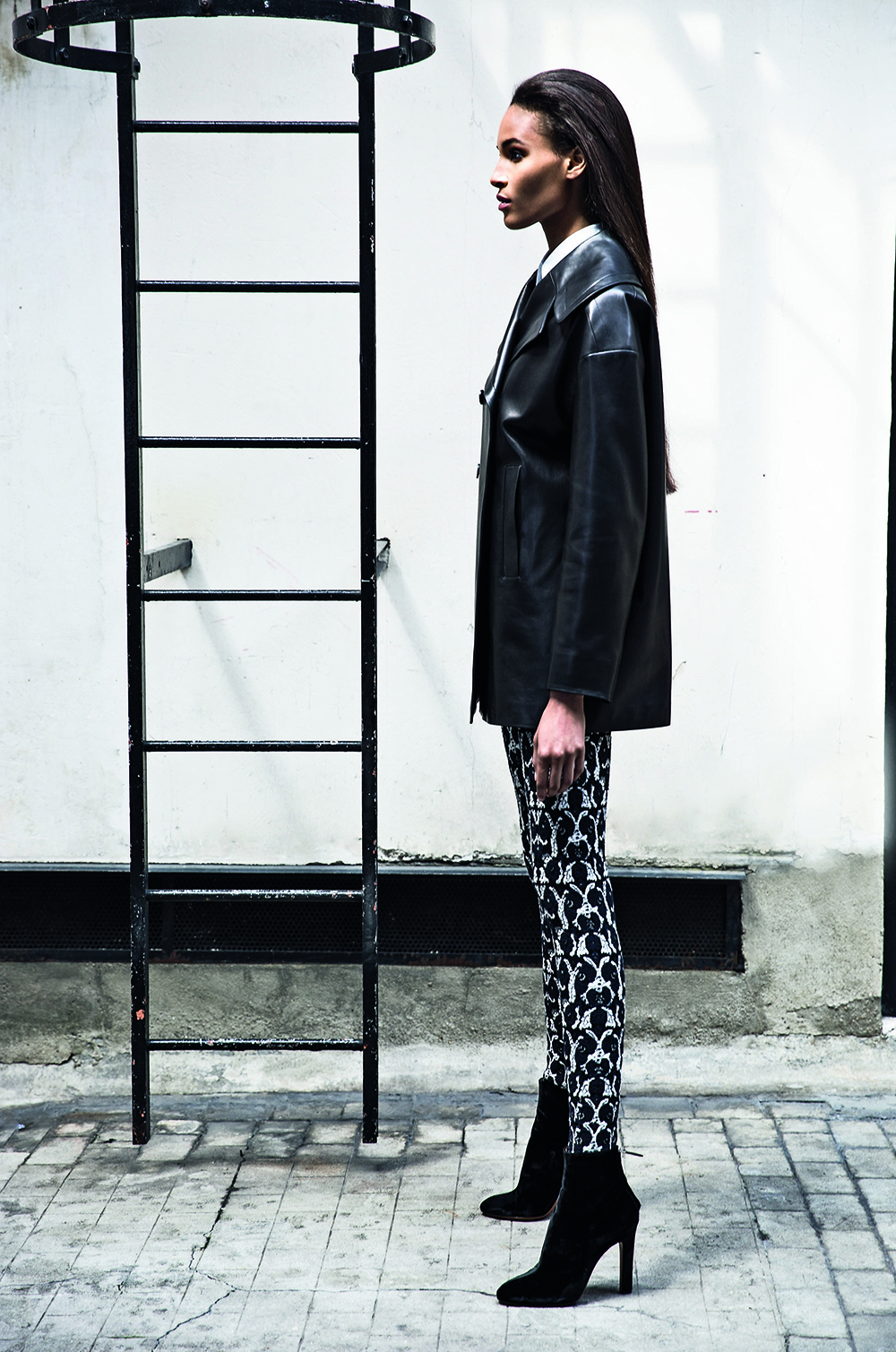
The Creator of the 1980's
Azzedine's personal vision was too strong to work for someone else's name. He was brought up by the masterpieces of classical cinema and in deep admiration for female beauty, and starting to create collections under his own brand in the 1980's, quickly became the so-called the King of Skin-Tight. His dresses were denser than the second skin, amazingly emphasizing only what needed to be emphasized, and hiding everything that needed to be hidden. "Female silhouettes have always been my teachers", Alaias hares. - The shoulder line is essential, the waist is important, the bends of their backs and waists are vital. With the bust line, one should always be attentive, while a short neck should be decorated with a high collar". It is not surprising that in his pieces, women with any parameters do not just look, but actually become better. This effect, visible even to a not so experienced eye, quickly brought the designer to the top of the fashion industry, and one of his first clients was the actress, Greta Garbo. "She came with a friend, Cecille de Rothschild," Alaia recalls, "and she wanted me to make a very large coat for her". During fittings, she kept saying that it was not big enough. In an era when everything was very tight fitting, I made for her a huge dark blue coat with tucked up sleeves". Wide shoulder pads, accented waist and narrowed-down skirts, which became a uniform of strong women of the 1980's, were also introduced by Azzedine. At the same time, the classic grand-looking catwalk shows and the single rhythm of the industry were quickly rejected by him and he refused from them whatsoever: "In 1993, I wanted to break the system imposed by season shows, in order to concentrate on clothing, rather than on the minute changes of fashion. I think I can say that my pieces are timeless, they are created for times to come".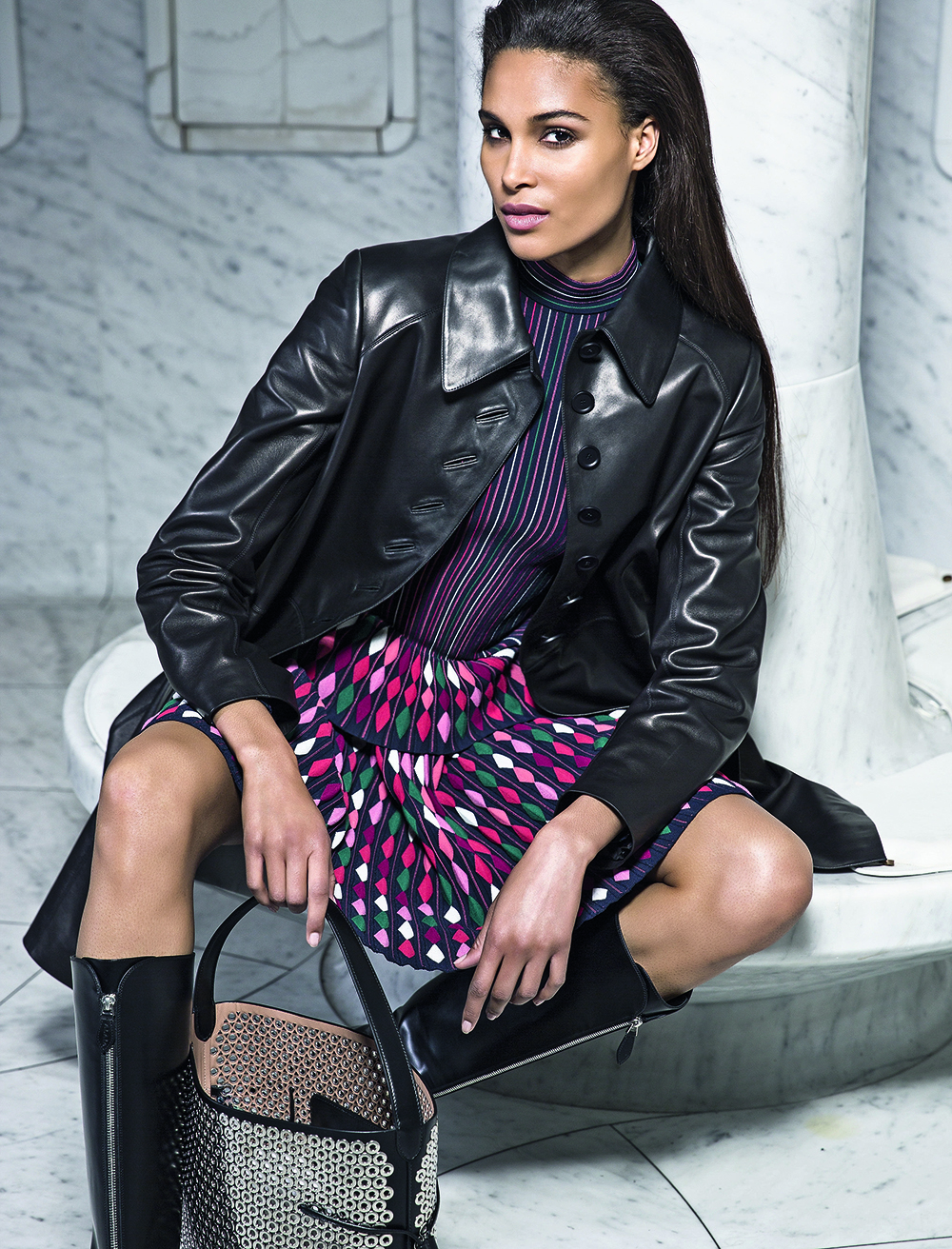
The Connoisseur
According to Azzedine, his tastes have always been dictated by women, and not by fashion, because he is sure that they have much more talent than any of the designers. "Since my arrival to Paris in the 1950s, I have never met any other requirements than those from women around me", Alaia openly tells about his muses: there were many of them. The actresses, the models, the starlets and the aristocrats - they all shared a devoted love for the couturier, who drew inspiration and ideas from them. Thus, for example, the legendary French actress and singer Arletti inspired him to create tight-fitting dresses. During the fittings, she, the woman who was used to reducing the volume of skirts with pins, often said: "This is too loose, you need to tighten it up somewhere". "Arletti taught me the tricks of the Parisian chic, of which no one ever speaks", Alaia admits. - "My dress with a zipper that wraps around the body, dresses in the form of a troubadour tunic with trousers for fall-winter season of 1988-1989, the butterflies in the winter collection of 1991-1992 - all this was inspired by her style. She inspired me to remove all the jewelry and accessories from my collections, in order to focus on the clothing in its purest form".
Also, the influence of the Hollywood diva Greta Garbo is obvious in his collections of the 1980s and 1990s, where "voluminous coats with impressive shoulders were an unequivocal bow to her avant-garde style, much like double-breasted trouser suits". Louise de Vilmorin, famous for her poetry and her literary salon in Paris, taught him the little details that make up the elusive essence of French chic. Alaia remembers how she once asked him to give her look the finishing touch before dinner: "We bought a cardigan in a department store, replaced the original buttons with more refined, metal ones, and added a long chain around the neck, which she wrung and put into her pocket at once. It was a demonstration of her inimitable sense of style, and that night, she caught a lot of envious looks".

His relationships with his muses developed in various ways: for example, many of the supermodels of the 1990s affectionately call him Dad, because when they first came to Paris at a very young age, he protected them, just as their children, while drawing inspiration from them. Naomi Campbell, whom he brought to the heights of stardom, used to live at his place and model at his fittings. Linda Evangelista, Christy Turlington, Yasmin Lebon and Stephanie Seymour - all of them, even at the heights of glory and during the period called "we do not get out of bed for less than $ 10,000", canceled all arrangements to fly to Paris and participate in the Alaia show. Azzedine did not pay them, but he gave things from the collection as presents, and the most beautiful girls of the planet were ready to fight for them. This love was 100% mutual: "If I have no models in front of my eyes, I have no ideas" - Alaia simply admits.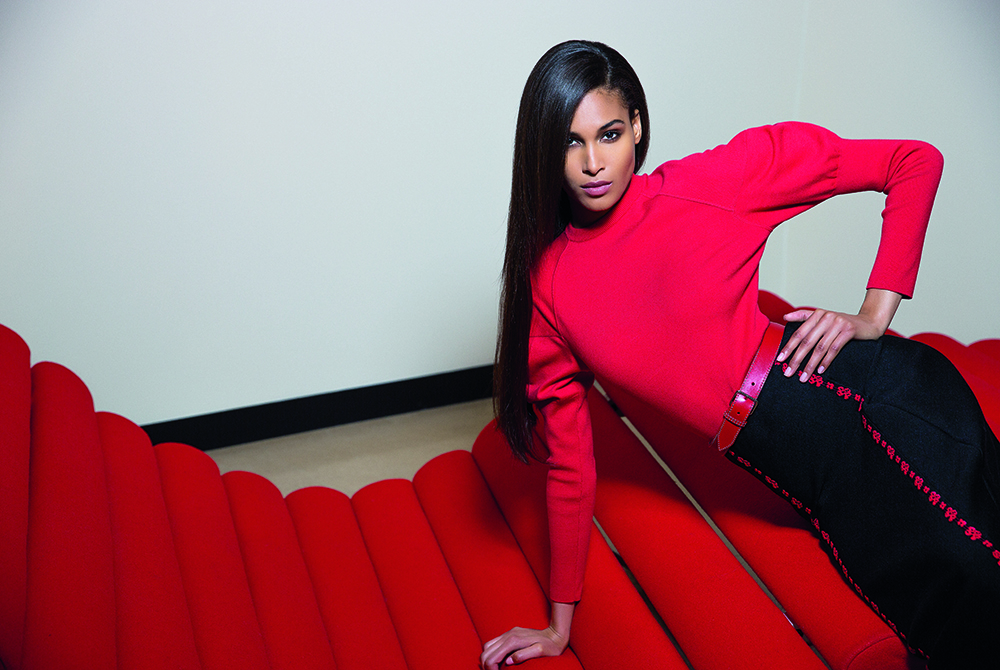
The Creator
The way Azzedine Alaia stands for his creations, which simply cannot be called ordinary, is similar to the work of artists of the Renaissance epoque. In addition to the profound understanding of the architecture of the female silhouette, he knows the specifics of the materials very well, by working with each of them manually. Thus, he prefers to make leather feminine and fragile, treating it like couture fabrics. From denim, he likes to create elegant dresses that are "comfortable, just like an old road jacket". The passion for crepe de chine, noticeable at early stages of his career, he explains with its transparency: it allows you to see the shade of the skin," and he uses his favorite knitted fabrics and jersey "as a material that can be cut and modeled around the silhouette". Azzedine even carried out a painfully laborious, as he called it, study with the Italian company called Copini to create wool that would fit his technical requirements. "For me, haute couture lies not only in technology and labels, but also in innovation", says Alaia, who rightfully can be called one of the last couturiers of our time, because he personally draws and designs, cuts and sews everything from beginning to the end. The concept of "moodboard" is foreign to him, and on the board over his desk he has photos of his dearest women: Naomi Campbell, Grace Jones, Tina Turner - the ones who inspire and motivate him not only with beauty, but also with the strength of personality and character. Artizan to the very tips of his fingers, Azzedine does not delegate much work to the assistants, even fitting for couture clients. He does everything to give women the feeling of "bien dans sa peau" (good in your own skin - French) - the effect that he achieves by exquisitely mastering the craft, and as a result not so much the dress transforms a woman, as she, herself, begins to feel beautiful and comfortable.
All those who work with him and nurture friendship with him, Azzedine Alaia surrounds with care and never asks for anything in return. He can turn on Beyonce's tracks and start dancing around during the fitting with the model, arrange a comic singing contest with a friend to the sounds of his favorite Egyptian opera singer Umm Kulsum, or even prank one of the guests by pouring laxative in his or her champagne glass. He would turn back the clock so that the friends would stay with him longer, because he likes to have fun almost more than he loves fashion. His passion for life and the ability to enjoy it make him a truly great couturier, because only a person who sincerely worships beauty can create dresses that can change a person's destiny for the best, dramatically.
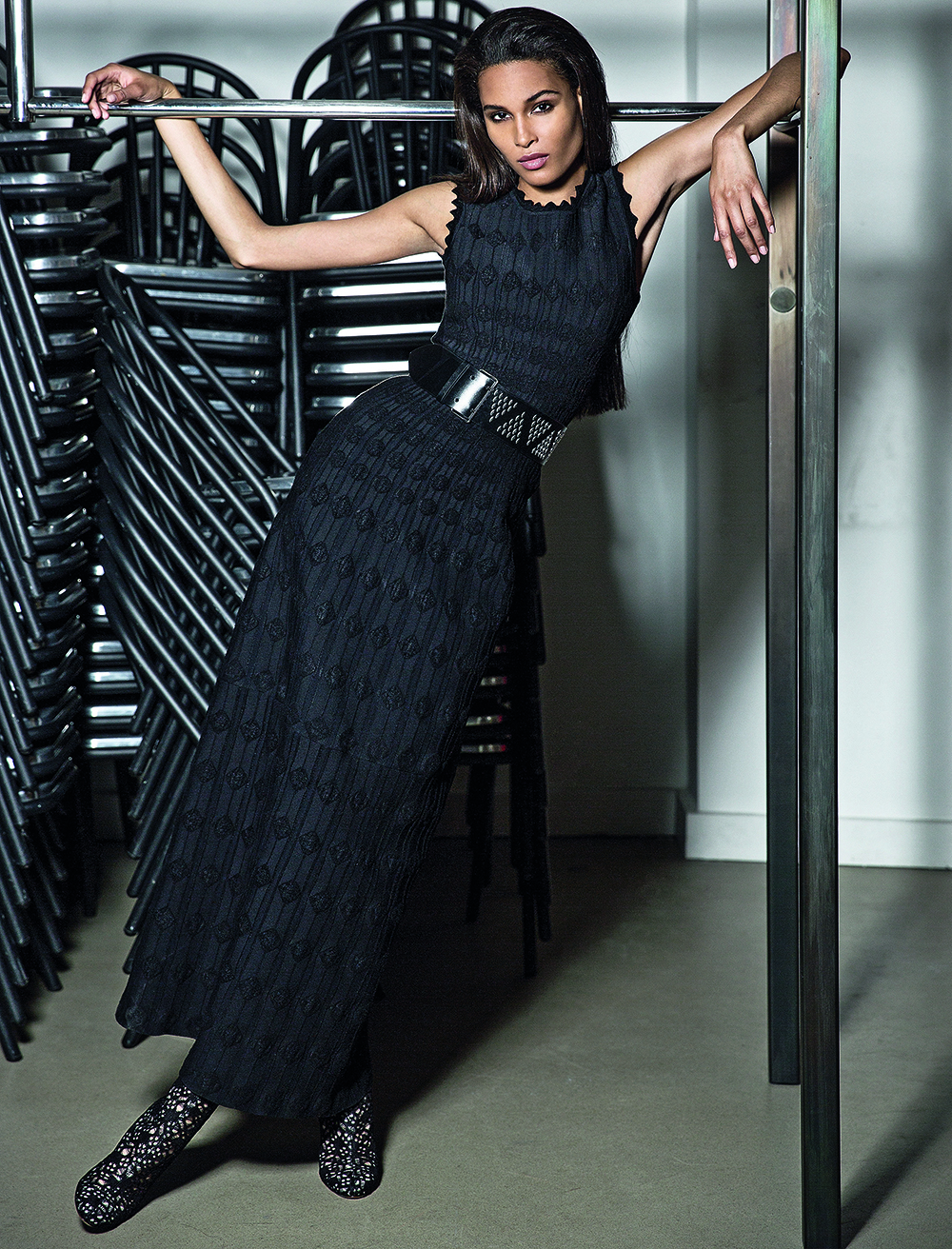
The Friend
Alaia has never had children, but he has enough soulmates. Thanks to them, his famous dinners are always noisy and fun, as in a very large and friendly family. He took the hospitality from his grandmother, with whom he grew up - Azzedine recalls that his grandfather would buy up to 20 baguettes in the morning, which by the end of the day were eaten to the very last crumb - so many guests they had at their house. The same happens now, at his house-atelier. At the headquarters of his Maison, Alaia even created a mini-hotel with a couple of rooms especially for his beloved ones, and furnished those rooms with delicate taste and love. At his legendary dinners, there is almost no talking about fashion, but more and more about life, art and personal experiences, without high-brow falsehood and snobbery. No wonder, it's hard to be arrogant when at any moment you can become an object of another prank of house owner: he simply adores pranks. Subtle and not very so, Azzedine likes to play an occasional trick on his friends and does it with such simplicity and kindness that one cannot be offended. In this carefree irony, the spirit of typical Alaia lives, the spirit of a person who loves life with all his heart and extracts as much fun and beauty out of it as possible.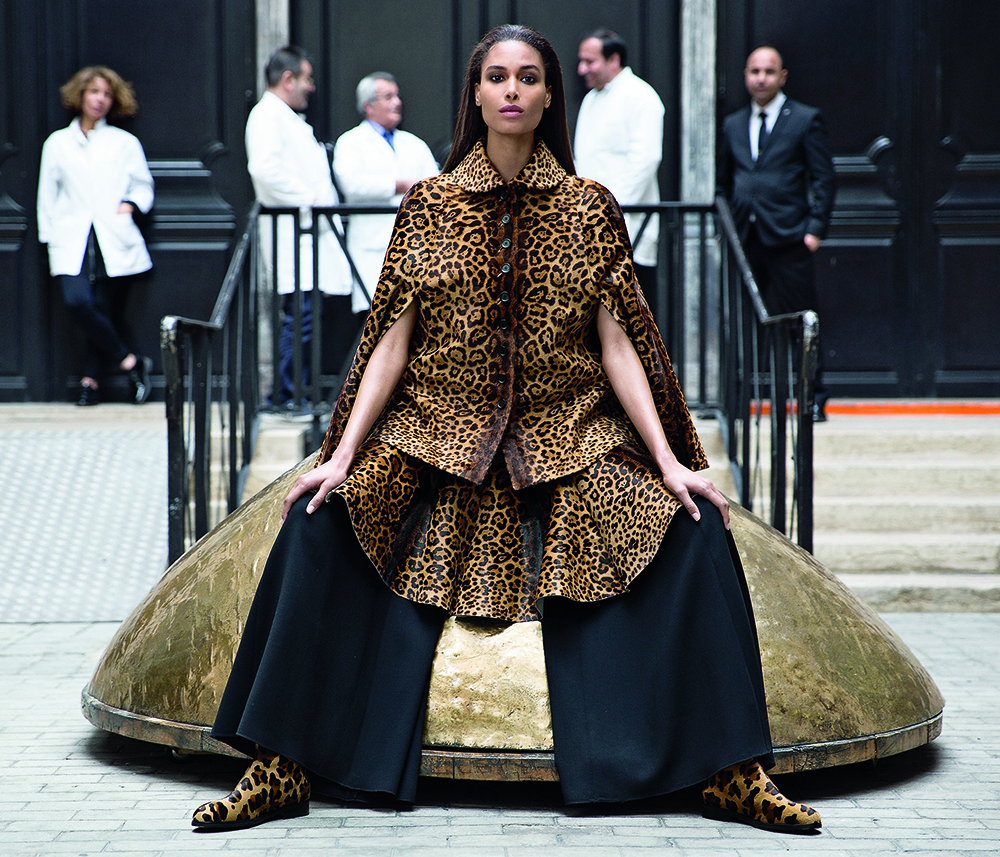
Прочесть англоязычную версию интервью можно по ссылке.
You can also read an article in English.
Фото: Hamid Bechiri
Стиль: Olga Yanul
Прически: Lucie Musci
Макияж: Lloyd Simmonds @ YSL Beaute
Модель: Cindy Bruna @ Metropolitan
Ассистент фотографа: Kader Hadjajd
Текст: Мария Моховая
